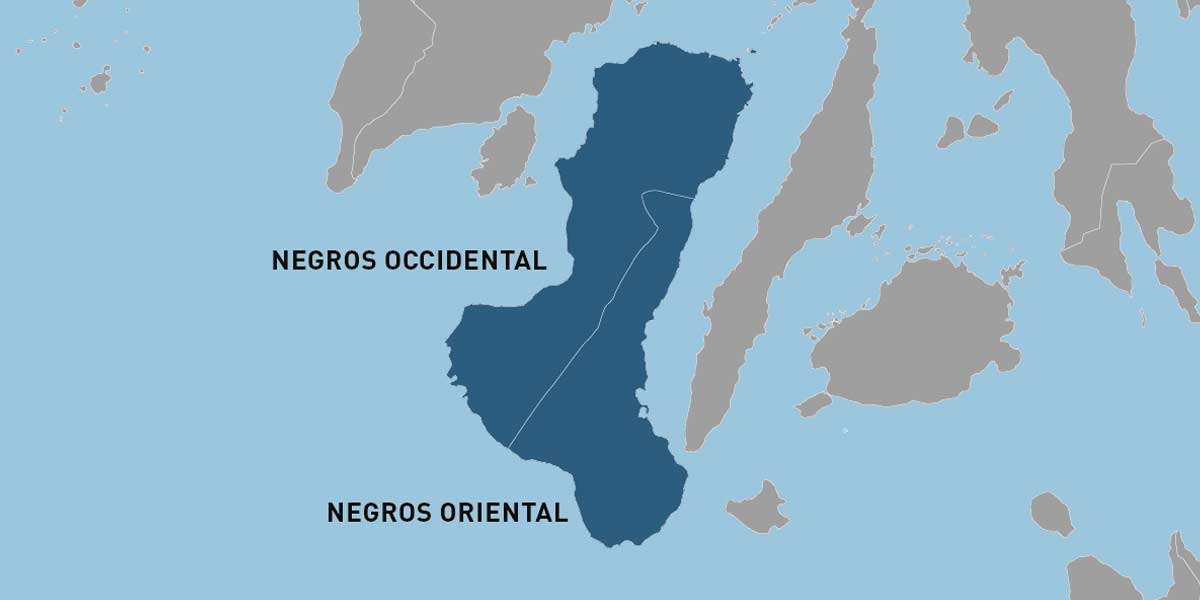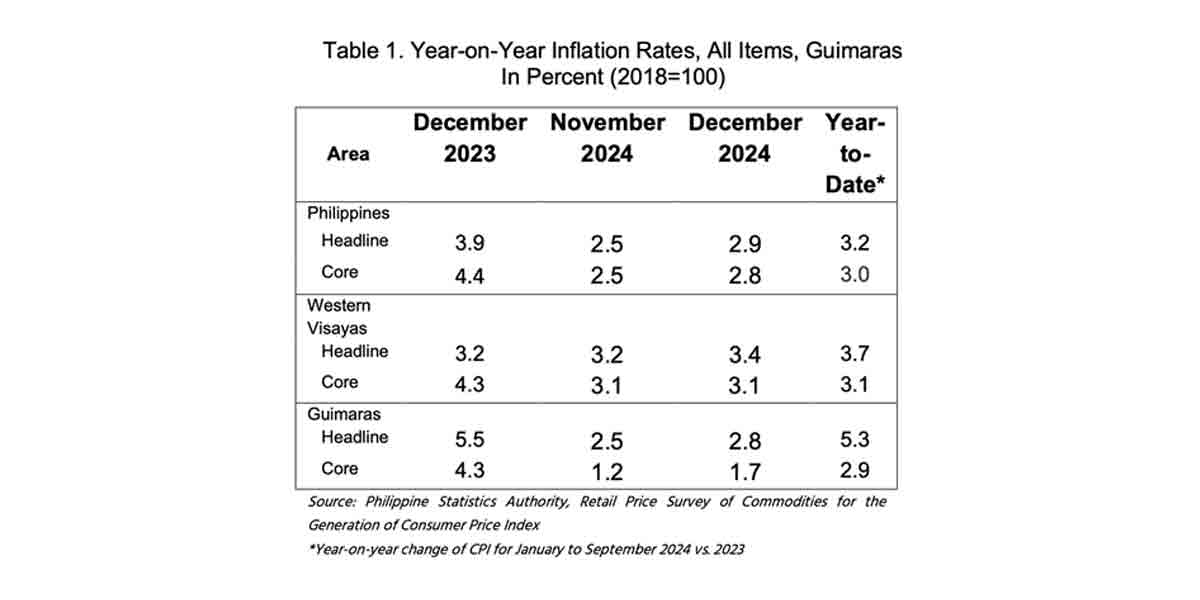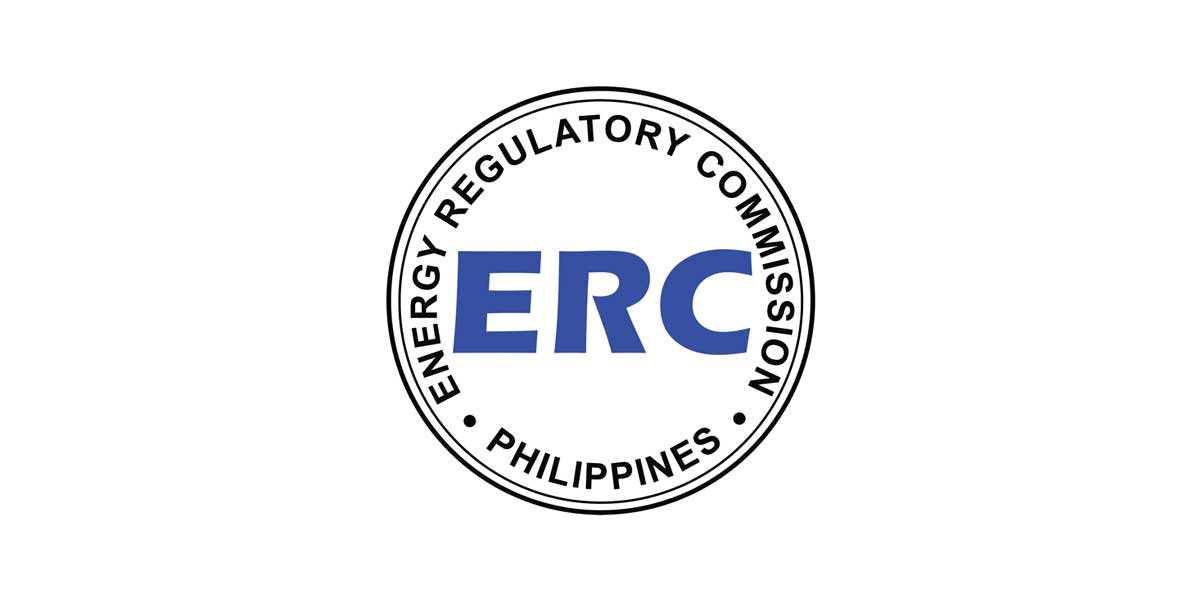The Financial Stability Policy Committee (FSPC) of the Bangko Sentral ng Pilipinas (BSP) once again met to assess any possible build-up of so-called “systemic risks” in the financial market.
The periodic meeting was likewise an opportunity to identify further interventions in line with the transition to the New Economy.
The FSPC is a committee made up of BSP Board Members which was created by Governor Benjamin E. Diokno in January this year.
The creation of this board-level committee is in line with the mandate of the BSP to promote financial stability as outlined under its revised charter, Republic Act No. 11211.
Governor Diokno pointed out that the possibility that “systemic risks” may materialize as a result of the global recession has been flagged by various authorities and multilateral agencies, just as it was highlighted by the Global Financial Crisis more than a decade ago.
“Systemic risks may seem like a high-level concept but it really just means that financial authorities are looking for any sign that the operations of the financial market may be impaired to the detriment of the general public,” Governor Diokno said.
He then added that “pursuing financial stability requires us to manage systemic risks and we do this because our primary goal it to protect the welfare of the public.”
Market players have repeatedly acknowledged the BSP for its early interventions in terms of providing funding liquidity to the market. The FSPC now wants to ensure that this liquidity is more actively mobilized, describing the circulation of liquidity in the financial market to be critical for the recovery and transition to the New Economy.
“Aversion to financial risks has increased globally and certainly in our market as well,” the Governor said. “But if we want to move forward, we need to pro-actively reduce the risk aversion so there is a more fundamentally-sound balance between risks and rewards,” he added.
Among the steps that the FSPC is considering is a new instrument that will allow banks to mobilize the liquidity already with them by taking a view on future GDP growth.
A critical initiative is the strengthening of risk valuation practices so that the pricing of bank credit is continuously aligned with spot yields in the securities market.
And with the quality of outstanding credit expected to face difficulties due to the weakened corporate performance in the first half of the year, the ongoing dialogue with all market stakeholders is a high priority.
Governor Diokno has pointed out before that while COVID-19 was a shock to the real economy rather than to the financial market, its consequences are widespread.
“The situation calls for everyone to pitch in, from exercising prudent health protocols to the financial authorities thinking out-of-the-box to address a once-in-a-lifetime shock,” Governor Diokno concluded.




















